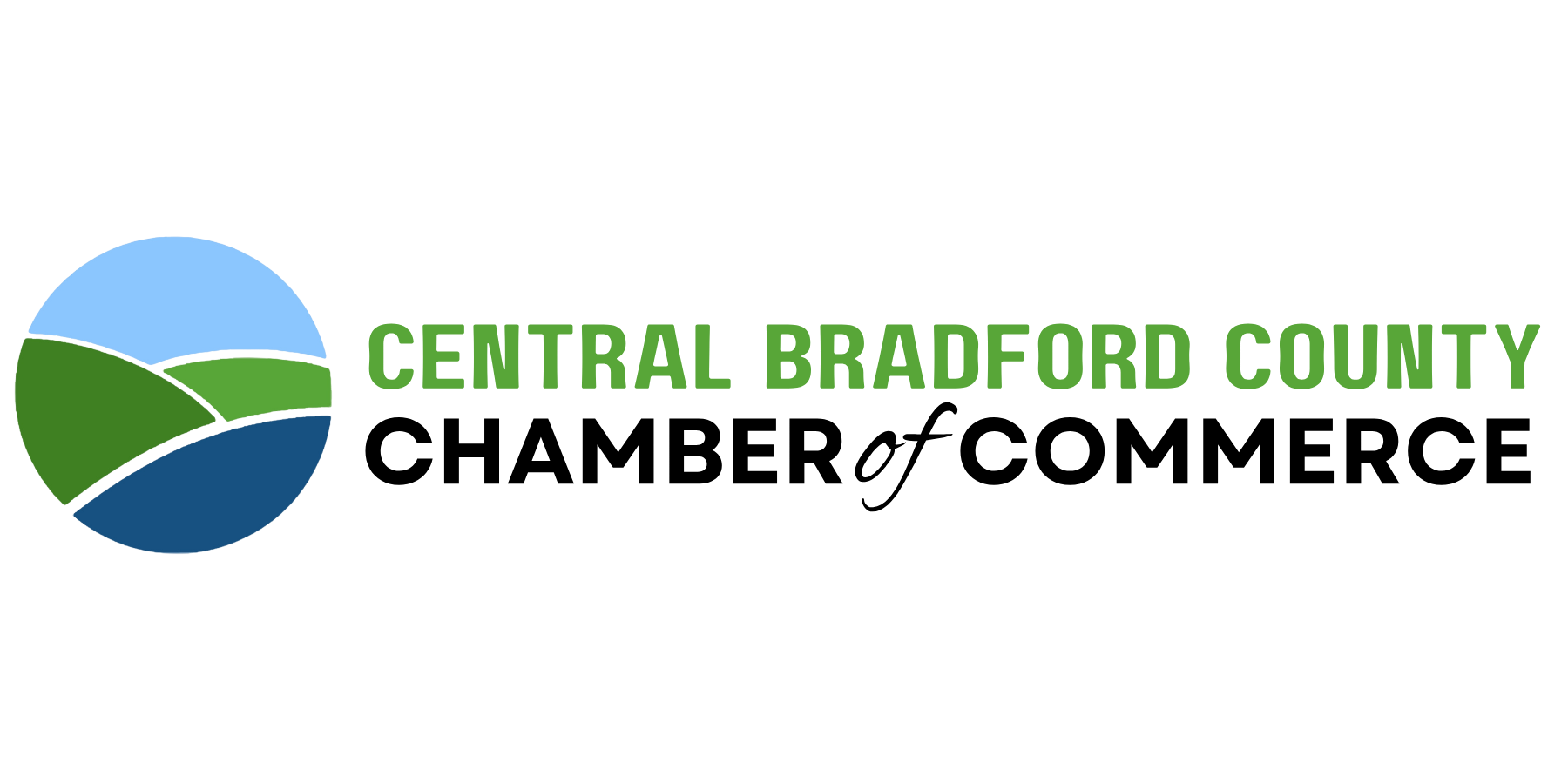Growth is one of the most exciting—and challenging—moments for a small business. Whether you’re expanding into new markets, hiring your first employees, or preparing to scale operations, careful planning helps ensure that growth doesn’t come at the expense of stability. Below are key factors to consider when laying the groundwork for expansion.
Financial Foundations
Growth requires resources, and strong financial planning is the backbone. Establishing accurate cash flow projections and building reserves for unexpected costs will safeguard against overextension. Business owners can explore guidance on managing cash flow through the U.S. Small Business Administration to ensure financial health.
Building the Right Team
As businesses scale, leaders often shift from “doing everything” to delegating. Hiring the right talent is about more than filling roles; it’s about aligning skills and values with your company’s mission. Creating clear role definitions and fostering an inclusive workplace culture will help attract and retain strong team members. Insights from SHRM can guide your recruitment and retention strategies.
Crafting Winning Business Proposals
Expanding operations or securing partnerships often depends on well-structured proposals. A strong proposal communicates your business model, the problem you solve, how you deliver results, and the resources required. Using a template for creating a business proposal can streamline this process and increase your chances of securing new clients or funding opportunities.
Customer Retention and Market Fit
Expanding doesn’t mean losing sight of your existing customers. In fact, retaining them is often more cost-effective than acquiring new ones. Evaluate whether your products or services continue to meet customer needs and be open to refining your offerings. Tools like SurveyMonkey can help you gather and analyze feedback to guide decision-making.
Technology and Systems
As volume increases, so does operational complexity. Investing in technology early—whether through scalable accounting platforms or customer management systems—prevents bottlenecks later. For example, cloud-based accounting tools such as FreshBooks can help streamline invoicing and expense tracking.
Compliance and Risk Management
With growth comes added responsibility. Ensuring compliance with local, state, and federal regulations protects your business from costly setbacks. The U.S. Chamber of Commerce provides resources on legal requirements that vary depending on your industry and location.
Key Factors at a Glance
|
Growth Factor |
Why It Matters |
Example Actions |
|
Financial Stability |
Prevents cash shortfalls during expansion |
Build reserves, track KPIs |
|
Team Development |
Supports scalability and efficiency |
Hire strategically, invest in training |
|
Business Proposals |
Secures funding and partnerships |
Use proposal templates and frameworks |
|
Customer Retention |
Sustains revenue while expanding |
Launch loyalty programs, survey clients |
|
Technology & Systems |
Reduces inefficiencies and errors |
Adopt scalable software tools |
|
Compliance & Risk Management |
Avoids fines and legal challenges |
Stay updated with regulations |
Quick Checklist for Owners
When planning for growth, ask yourself:
-
Do I have accurate financial projections and reserves?
-
Am I hiring with both skills and cultural fit in mind?
-
Have I prepared a proposal framework to win new business?
-
How am I keeping current customers engaged?
-
Is my technology stack built to scale?
-
Am I confident about regulatory compliance in new markets?
FAQ
Q: How much should I budget for growth?
A: Financial advisors often recommend setting aside at least 3–6 months of operating expenses as reserves before pursuing aggressive expansion.
Q: What’s more important—new customers or current ones?
A: Both matter, but retaining existing customers is generally less expensive and can provide the foundation for sustainable revenue.
Q: Do I need to upgrade my technology right away?
A: Not always, but choosing scalable systems early reduces long-term transition costs and keeps operations running smoothly.
Q: How do I know if my proposal is strong enough?
A: A good proposal should clearly define the problem, solution, timeline, and costs. Consider peer review or professional templates to refine clarity and persuasiveness.
Conclusion
Planning for growth means balancing ambition with preparation. By focusing on financial health, strong teams, client retention, compliance, and technology, small businesses can expand with confidence. The best growth strategies are both forward-looking and rooted in sustainable practices.
Discover the vibrant energy and unmatched beauty of Central Bradford County! Visit Central Bradford to explore events, plan your visit, and experience the excitement of the region!

